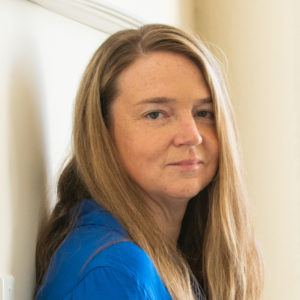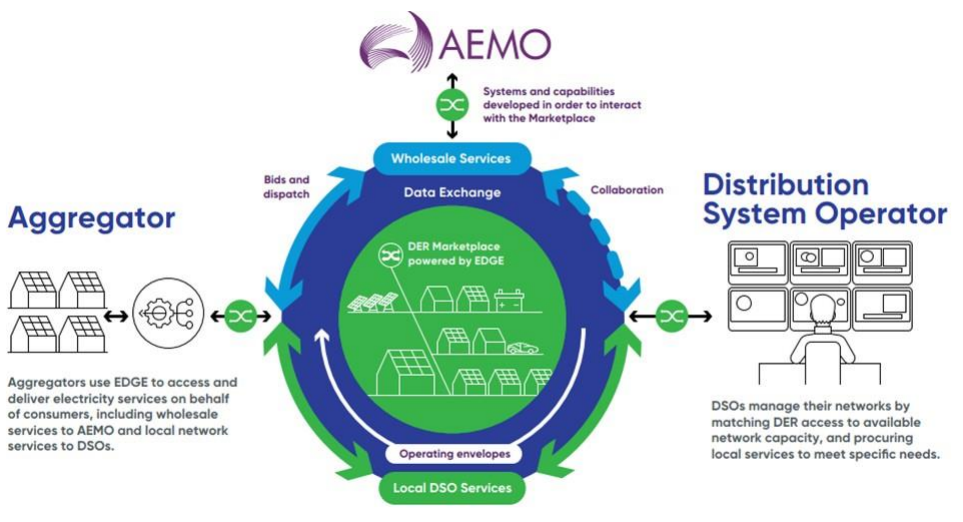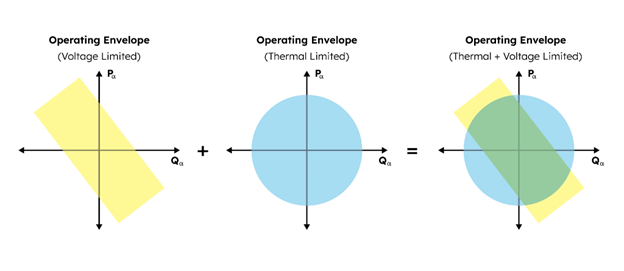The “grid of the future” is increasingly the grid of the present – at least in places like California, Texas, Hawaii, and Australia. Customer devices are playing an active role in power supply and grid stability – as demonstrated by the nearly 1GW of behind-the-meter batteries supporting California’s recent peak event. Yet, transmission and distribution network operators have limited to no visibility into the location or activity of these resources, which makes them extremely difficult to rely on for critical power supply and network services.

Astrid Atkinson
The tools for monitoring and managing distributed devices at scale already exist in adjacent industries. The lessons of the internet demonstrate that a hierarchical and co-ordinated control model – in which many entities collaborate to manage network capacity and provide services across a shared network – can be as reliable as centrally planned systems, or better.
Managing a Distributed Control Environment Using the DSO Model
One of the best examples of managing a highly reliable system with many participants is today’s Independent System Operators. The security-constrained dispatch model, together with participant coordination, market management, and instrumentation requirements, provides a reliable multi-party system which forms the backbone of today’s bulk electricity supply. We need to expand this model to merge data from more participants, and to extend these management capabilities outward to the more complex distribution grid.
This evolution forms the basis of the Distribution System Operator (DSO) concept. This is being explored in multiple markets, including the UK Open Networks and Australian Open Networks projects. The recent ESIG report on “The Transition to a High-DER Grid” recommends a focused effort within the US to leverage these examples from abroad – and is a great starting point for grid operators exploring potential paths forward.
While there are multiple variations on how a distribution system operator model might work (and who might own the role of the DSO!), the core capabilities are:
-
- Real-time visibility into network state and distributed participation
- Ability to incorporate local resources into network planning and operations
- Models for compensating resource owners for participation
Many distribution utilities are hesitant to pursue these capabilities because of regulatory uncertainty and confusion as to where to begin. However, progressive utilities are pushing forward nonetheless. We at Camus have been fortunate to partner with several early adopters in this space, including two cooperative utilities in the Rocky Mountain West. The flexibility of the member-owned co-op model has allowed these forward-thinking utilities to move quickly to lower costs with local renewables, and explore member participation models which pay customers for access to resources.
Kit Carson Electric Cooperative’s transition to local energy and Holy Cross Energy’s extensive network of member-owned battery and EV resources provide examples of how the economics and system management capabilities of a DSO can work in practice today. Both rely on local, distributed resources as part of their power supply mix. By taking steps to improve visibility and move towards real-time management of local resources, these utilities are capturing energy cost savings from renewables and flexibility, and progressing towards near-term decarbonization goals.
Sharing Data Through Industry Standards
The two Rocky Mountain co-op examples demonstrate emerging DSO capabilities in the context of a vertically-integrated community utility model. However, most markets require these capabilities to be shared across multiple parties, including:
-
- ISO / transmission operator
- Distribution Network Operator
- Retail providers
- Device aggregators
- Retail customers
Coordination between these parties is a major challenge – and one of the main areas of exploration for Open Networks efforts in the UK and Australia. AEMO’s Project Edge is one of the most interesting explorations of this coordinated model. The project seeks to demonstrate interaction between these parties, including asset participation, data sharing, and operational and market dispatch.
This multi-party coordination model – also common to FERC 2222 integration models in the US – has a couple of key components. One is incorporating data from aggregators and retailers to build a composite real-time view of grid edge activity. This type of visibility is an easy no-regrets step for any utility which has direct access to that type of data (for a detailed discussion of leveraging current data, see my recent ESIG webinar).
Figure 1: Multi-party Coordination Model
Source: Adapted from figures in Australian Energy Market Operator, Project EDGE, Public Interim Report (Melbourne, Australia, 2022).
In a fully deregulated market, the challenge is access to data and developing a common data model. In the tech world, this would be a clear opportunity for an industry consortium to develop a common data sharing standard with an open source reference implementation. The standard would include contributions by multiple major vendors and provide consistency across markets.
Coordinated Dispatch With Dynamic Grid Capacity Models
The second key component in this coordination model is a robust, secure, and frequently updated model of distribution grid capacity which can be shared between coordinating parties. This is the biggest technical “miracle” (new R&D capability) in the Project Edge model. The vast majority of utilities lack the ability to understand and communicate how distributed resources can behave without causing negative grid impacts. To solve this, Project Edge incorporates Dynamic Operating Envelopes research being undertaken by a multi-party consortium in Australia.
The Dynamic Operating Envelopes approach provides a virtualized model of grid capacity, from the distribution edge to the TD interface. Using a simplified logical capacity model greatly reduces the optimization and scheduling challenges of dispatching large numbers of local resources. It no longer requires a fully accurate (and very computationally expensive) physics model to perform dispatch optimization. Instead, it supports simplified heuristics-based (or market-based) dispatch within a lightweight capacity model, and would allow any one of the coordinating entities to safely act as a dispatcher.
Figure 2. Illustrative example of an operating envelope that takes into account both voltage and thermal limits. The area in green (third chart) is the acceptable operating envelope (mix of real and reactive power) – which can change for real-time or forecasted conditions.
Source: Lachlan Blackhall, Australian National University
Making Progress Today
The development of a distributed systems architecture is well underway at utilities and network operators around the world. The theory is clear: multiple models for distribution system operations exist that can help utilities exchange data between stakeholders and integrate distributed resources into grid management. It’s time to stop thinking of this as a theoretical problem and start looking at the examples that are out there today – and implementing no-regrets steps towards understanding and managing the evolving grid.
Astrid Atkinson
CEO/Co-Founder, Camus Energy

Leave a Reply